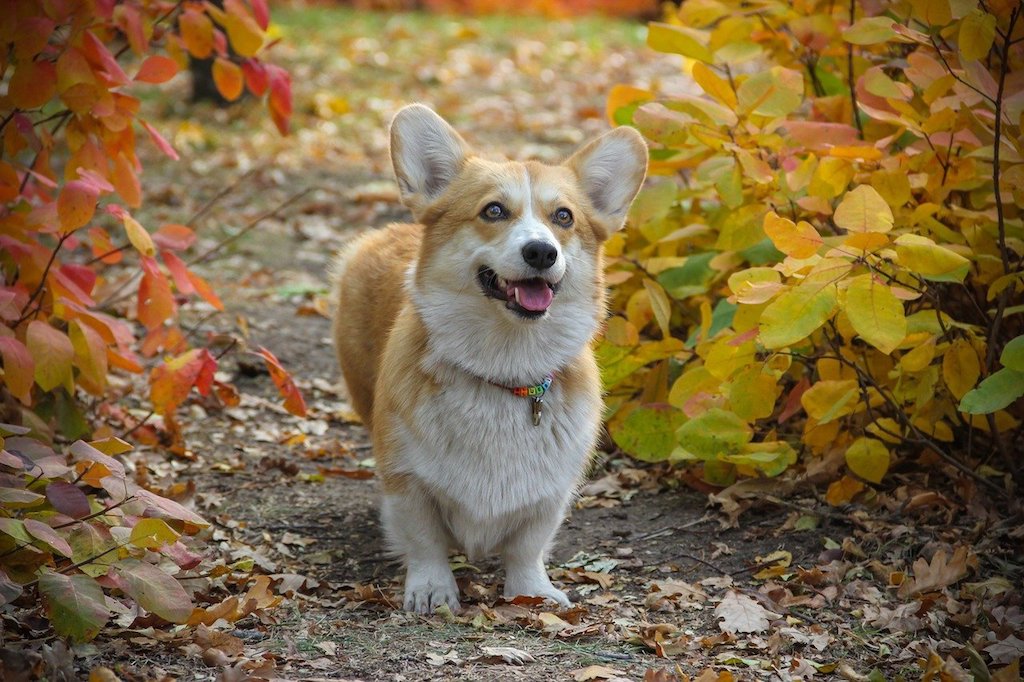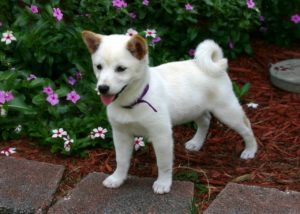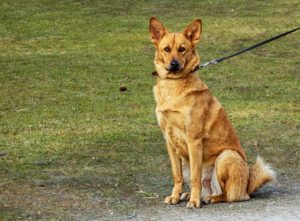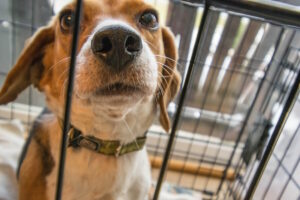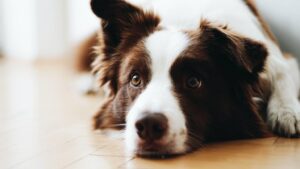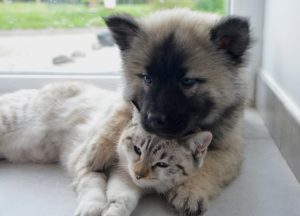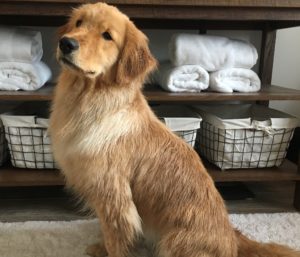Description
The Pembroke Welsh Corgi, also known as Pembrokes, PWCs or Pems, are short-limbed but incredibly strong little dogs! Their long low body shape is surprisingly agile, with a broad muscular chest and powerful legs. The face of a PWC is alert and expressive, with fox-like features and pointed ears.
The American Kennel Club (ACK) breed standard for Pembroke Welsh Corgis lists four acceptable colors – black and tan, fawn, red and sable. They may have white markings on the legs, chest, neck, muzzle and belly, and a narrow blaze on the face. The short coat is double thickness, making these tough little dogs resistant to cold and wet weather.
Corgis are adaptable dogs and can fit into just about any household, from city apartments to countryside homes with large gardens. However, they do have a lot of energy and will need plenty of exercise to keep them out of trouble! Corgis are the ideal temperament for family life; placid but fun-loving, easy to train but capable of independent thinking, and loyal without being too overprotective.
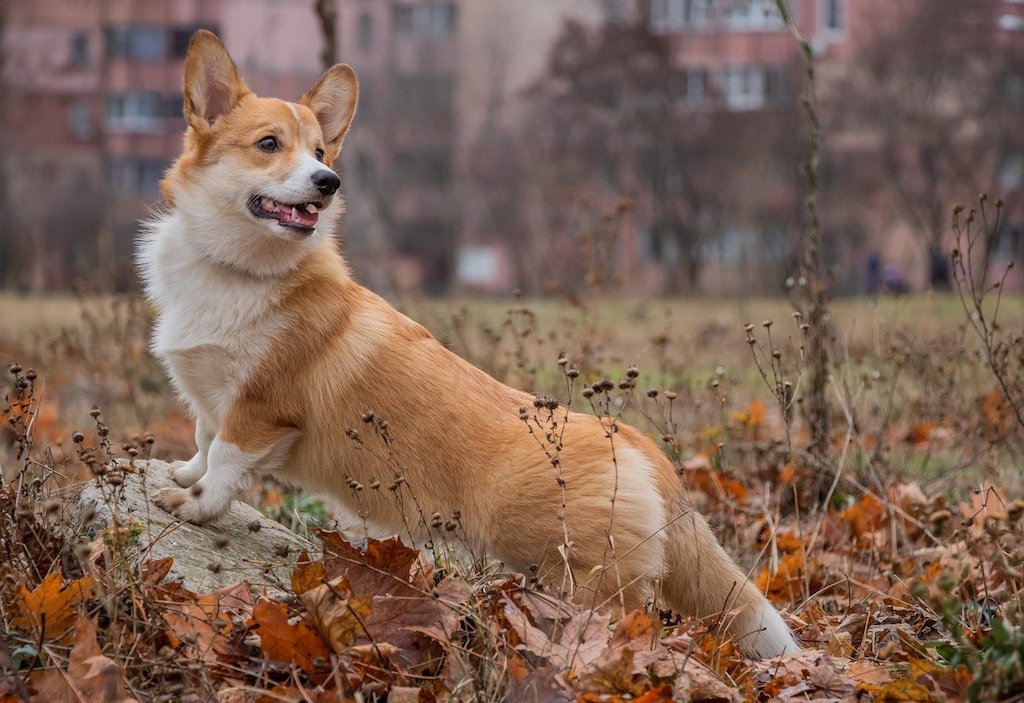
Common health problems
Pembroke Welsh Corgis are generally quite healthy dogs. However, as with all pedigree breeds there is some genetic predisposition to certain health problems in Corgis. A responsible Corgi breeder will screen for conditions such as elbow and hip displasia, eye disorders, cardiac issues, degenerative myelopathy, and von Willebrand’s disease, a bleeding disorder.
Hip Dysplasia
Unfortunately, Pembroke Welsh Corgis are prone to this painful condition due to their naturally bowed legs and longer back. Hip dysplasia is a hereditary condition which causes the hip joints to form improperly, leading to arthritis. If you are purchasing a Corgi puppy you should check with the breeder that the parents have been screened for hip dysplasia. Hip dysplasia is a painful lifelong condition and may require long-term medication or expensive surgical treatment.
Degenerative Myelopathy
Corgis have an increased chance of developing this serious neurological condition, which affects the dog’s central nervous system, spinal cord, and brain stem.
Symptoms of degenerative myelopathy include decreased muscle mass, posture issues and partial or full limb paralysis. This condition cannot be treated, but there are management techniques that will help the dog feel more comfortable.
Progressive Retinal Atrophy
This degenerative condition affects the photoreceptors in a dog’s eyes, leading to gradual loss of vision and eventually blindness. Progressive Retinal Atrophy (PRA) is not a painful condition, but it can affect the dog’s quality of life.
One of the first symptoms of PRA is reduced vision in poor light, also known as night blindness. The pupils of the eye may also look more dilated than normal, and you may notice that the eyes look reflective when light shines on them. There is currently no known treatment PRA, but your vet will be able to advise on how to keep your dog comfortable following a diagnosis.
Von Willebrand’s Disease
Von Willebrand’s disease is a hereditary disorder that reduces blood clotting. This may lead to excessive bleeding if an injury occurs, and may cause dangerous levels of blood loss and anemia. Common symptoms of this disease include bruising, spontaneous bleeding from areas such as the nose, genitals, or gums; and blood in the feces or urine.
The prognosis for Corgis with von Willebrand’s disease is normally good. Minimal veterinary treatment can usually control the symptoms, although if more severely affected, the dog may require blood transfusions.
Personality traits
Pembroke Welsh Corgis possess all of the best traits of our canine friends – they are loyal, fun loving, eager to please and affectionate. They are rarely grumpy, snappy or sulky, but they do have big personalities and like to be fully involved in family life! These active minds need to be kept occupied, so if you have a Corgi then be prepared for your home to be full of dog toys and puzzles.
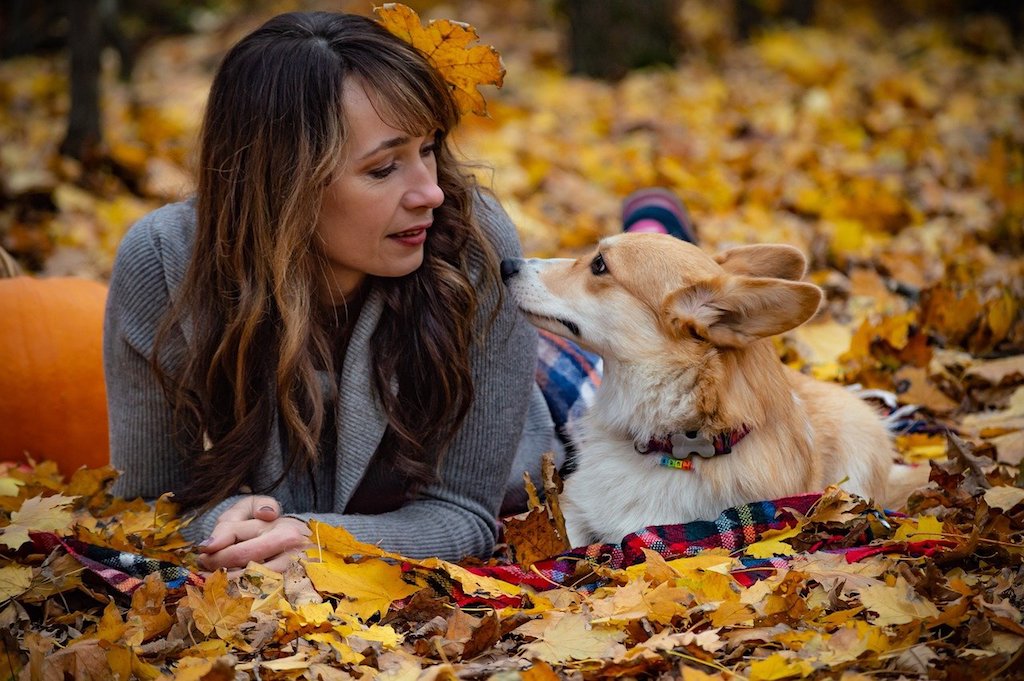
Corgis were originally bred as cattle-herding dogs, and they haven’t forgotten this! They sometimes have a tendency to ‘herd’ children and other pets by nipping gently at the heels. If your Corgi shows signs of herding then it is advisable to seek the help of a professional dog trainer before it gets out of hand.
Care
Apart from their high energy levels and exercise needs, Corgis can be easy dogs to care for. They thrive on fun activities and can be easy dogs to train.
Grooming
The Pembroke Welsh Corgi has a thick, weatherproof double coat—a soft, light undercoat covered by a coarse outer coat. They shed quite a lot of hair every day, and even more in the spring shedding season. A daily groom with a comb and a slicker brush will help to remove the shed hair. During shedding season, regular baths will help to loosen the dead hairs. Ensure that the dog is completely dry after a bath before brushing.
As with all dogs, check the ears regularly for signs of infection and keep the nails trimmed to prevent breakages and snagging. Regular teeth brushing will help to maintain good dental health.
Training
Pembroke Welsh Corgis are eager to please and are easily motivated by food and praise, making them fun and rewarding dogs to train. They are sensitive to human moods and react well to clear and gentle instructions. One thing to be aware of with Corgis is their herding nature, which may lead them to nip at the heels of children or other pets.
Corgis excel at obedience training, and training your Corgi puppy will help to build a good foundation for life. Due to their high energy levels and eagerness to please, Corgis are well suited to obedience sports such as agility.
Exercise
You will struggle to find a Pembroke Welsh Corgi who doesn’t love to run and play! This breed requires a daily walk at least one hour long. This should include a combination of walking to build and maintain muscle, and running to burn off pent-up energy. Corgis also need daily play time to give plenty of mental stimulation as well as physical exercise.
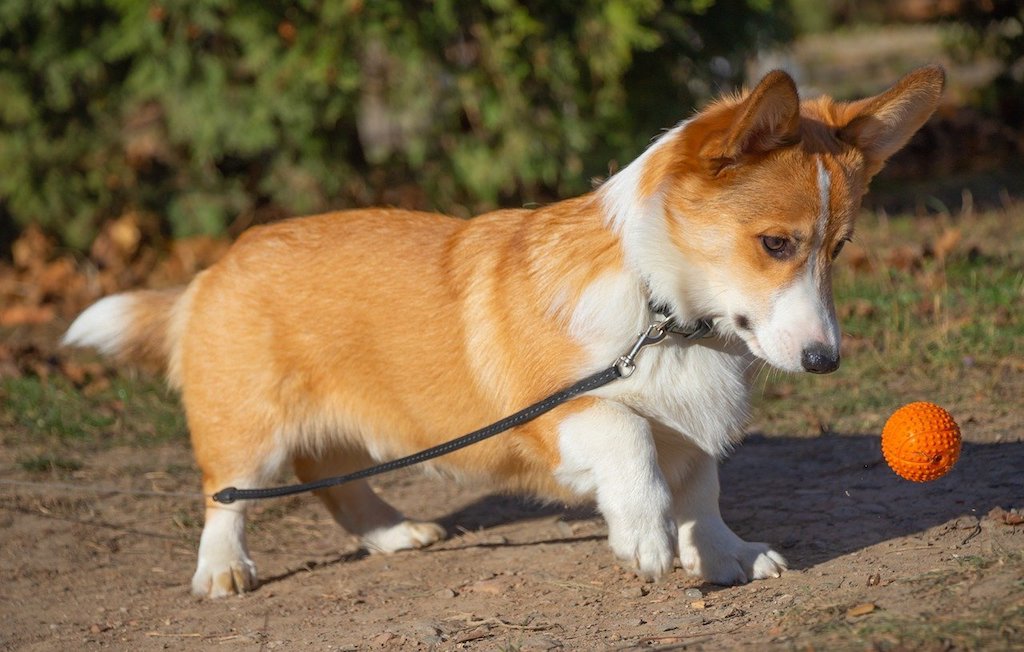
Food
Corgis are very motivated by food – this makes them easy to train but take care to avoid excessive treats which may lead to obesity! Corgis do not have any special dietary requirements and will normally thrive on a good quality complete diet. Ensure that your Corgi is weighed regularly to monitor for weight gain – these food-loving dogs will happily overeat if given the chance. Weighing the food can also help to accurately monitor their food intake.
History
As the name suggests, Pembroke Welsh Corgis originate from Pembrokeshire in Wales. However, how they came to Wales is a matter of some dispute. Some historians believe that Flemish weavers may have brought their cattle dogs to Wales when they relocated in the 10th Century, but others suggest that Corgis came over to Wales from Sweden with Vikings in the 9th century. Perhaps the best story however is the Welsh legend which claims that the Corgi dog sprang from the lairs of fairies and elves, with the marks on their backs to show where the fairy saddle had been placed!
Wherever they came from, Corgis arrived in Wales over one thousand years ago and have remained popular there ever since. Pembroke Welsh Corgis are a type of herding dog known as ‘heelers’, and would nip at the heels of larger animals to keep them on the move. They were also excellent at guarding poultry and for keeping vermin at bay.
The origin of the name ‘Corgi’ is also quite difficult to pin down. The Welsh word “cor” means “to watch over or gather”, and “gi” is a form of the Welsh word for dog. However, it is also thought that the word corgi could originate from the Celtic word for dog. Another link in the puzzle is the word ‘cor’ which can be translated as ‘dwarf’ in Welsh – giving us the name ‘dog of the dwarfs’ or ‘dwarf dog’!
There are two officially recognised types of Corgi – the Pembroke Welsh Corgi, and the closely related Cardigan Welsh Corgi. In the early 1900s these two breeds were known simply as ‘Welsh Corgis’. It wasn’t until 1934 that the American Kennel Club officially recognised them as two separate breeds.
Interesting facts
- Pembroke Welsh Corgis are popular with the British Royal Family. Her Majesty, Queen Elizabeth II received her first Corgi from her father King George VI in 1933, and went on to own at least 30 Corgis at Buckingham Palace.
- The breeding of Corgis has intentionally caused all dogs of this breed to have a form of dwarfism that results in shorter legs, called achondroplasia. Their low height made them very successful at nipping between stomping hooves when herding cattle!
- Some Pembroke Welsh Corgis are born with super-short tails. Historically the ones that didn’t have them docked, although this is now illegal in many countries.
- An enormous Corgi meetup is held in Southern California every year. The last SoCal Corgi Beach Day had more than 1100 corgis in attendance!

